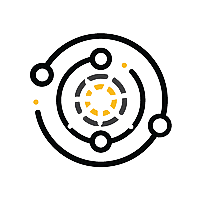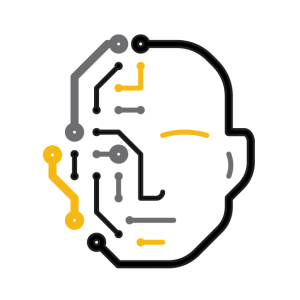
The Sixth Wave
The world of innovation depicts technological development in waves. Most economic theories refer to the wave model and identify six key waves – from the dawn of technological development to the present.
The first wave began in 1785 with the industrial revolution and the use of iron and water power. The following wave was characterized mainly by the steam engine and the railways. The third wave commenced with the invention of electricity and the internal combustion engine at the beginning of the 20th century.
The fourth and fifth waves were more powerful. They occurred during the twentieth century, with the development of the space industry, nuclear power and electronics, followed by digital networks and software.
The sixth wave is currently upon us. It brings about significant changes in communications. It also carries a new aspect: a rapidly increasing pace of change. This pace negates past theories concerning the duration of each innovation cycle. Instead of cycles lasting many decades – we are witnessing cycles which last just a few years, and recently even cycles that culminate within a single year.
The sixth wave exposes us, for the first time in history, to the intensity of disruption. Developments – are global. Physical distance – eliminated. An event taking place in Europe is broadcast live in the United States and generates real-time response. A decision made by the Korean or Chinese government affects the stock markets in England and Australia within seconds. The individual now senses everything in real time. At any given moment we are found in continuous disruption.
The intensity of this disruption is so high, rapid, and system-wide that it delivers an exponential change; one that is rapidly generating the next wave of change.
The Seventh Wave - The Age of Continuous Disruption
The seventh wave is very different from its predecessors. It is not characterized by a major technological breakthrough, but by the pace of change in all areas, a multi-dimensional change. It relates to the amount of innovation that appears simultaneously, and the extent of the continuous disruption that is created.
This disruption is made possible by new technologies that appear at a continuously increasing speed. The internet facilitates the dissemination of knowledge and ideas and enables one innovation to leverage another. We are witnessing the emergence of increasingly innovative technology that affects everyday life, embraced by the public – and is soon disrupted by a new technology and a new model.
The seventh wave breaks down previous organizational models and necessitates the reinvention of models that create agility, reaction speed and an ability to adapt to the changes required today.













